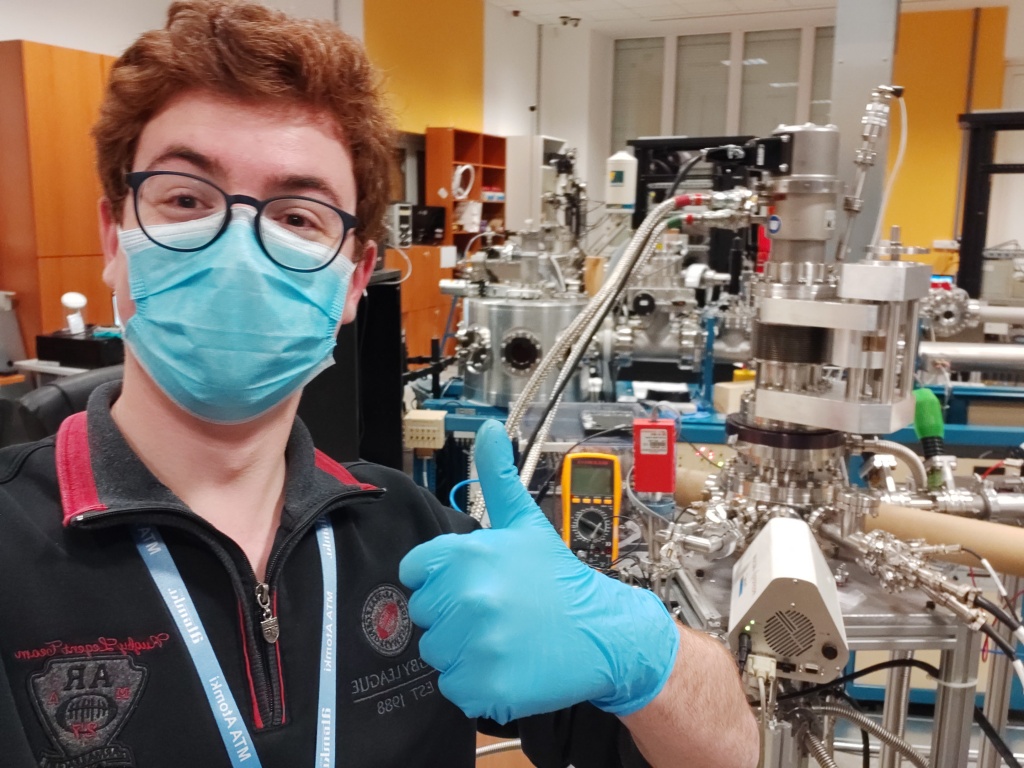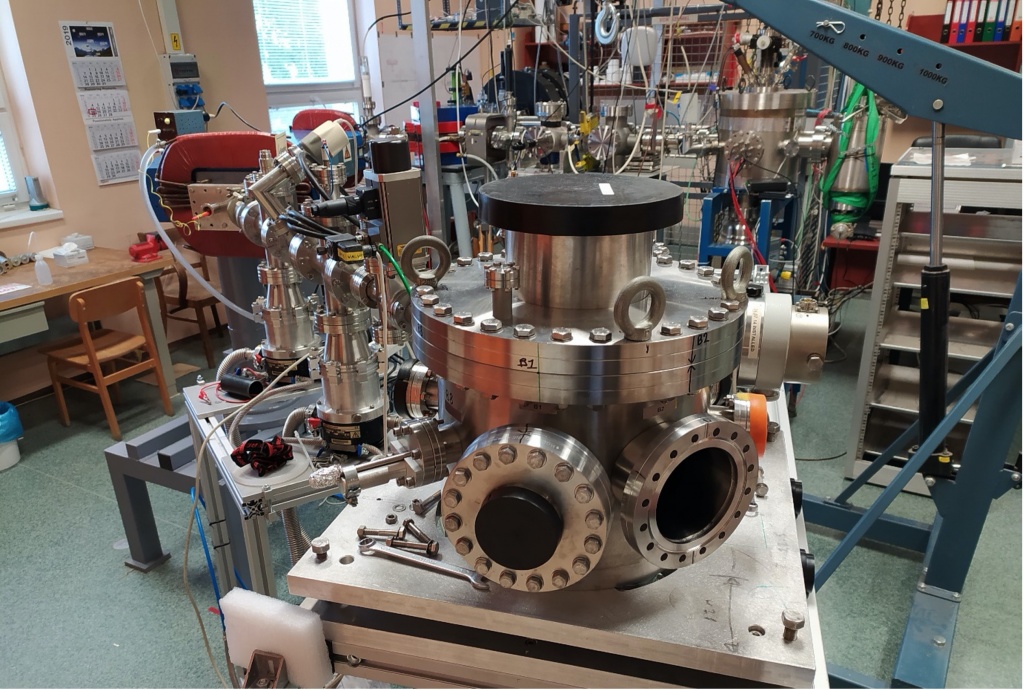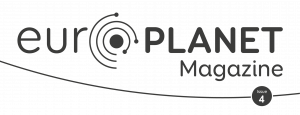Europlanet Impact Case study: Atomki
Béla Sulik explains how the Institute for Nuclear Research (Atomki), Hungary’s national centre of accelerator-based nuclear and atomic physics, became involved with and has benefitted from collaboration with Europlanet.
Read article in the fully formatted PDF of the Europlanet Magazine.
The involvement of Atomki with Europlanet starts with a personal story.
I met Nigel Mason, the Coordinator of Europlanet, some 20 years ago through the Low-Energy Ion-Beam Facility (LEIF) network, which was a research infrastructure for small accelerators funded by the European Union from 2000-2004. Later, Nigel coordinated the RADAM COST Action, which was a project to study radiation on living systems. This brought together people in the health business – medical doctors, chemists and physicists – and was a very important opportunity for me, and many others, to learn more about research than our own narrow fields. I was working on gas-phase molecular collisions, and I organised a meeting at the end of this COST Action in 2008 in Debrecen. From that time, Nigel and I kept up regular discussions on collision physics and many other things.
In 2018, we installed a new Tandetron accelerator at Atomki in Debrecen, and started to construct the beam lines. I invited Nigel, who was working at the Open University (OU) at the time, to visit our Atomic and Molecular Collision Group. Half of the beam line was still free and, after visiting the laboratory, a plan started to take shape to build an astrophysics/astrochemistry line at our accelerator. We visited the OU’s facilities and drew up a contract between our two organisations.
In the summer of 2019, the first chamber was delivered in a big parcel . By the autumn of 2019, it was installed and we were able to take our first spectra. We now had two accelerators that could produce ions of different species and energies to mimic the effects of cosmic rays and and the solar wind on icy materials. Nigel and Sergio Ippolo from Queen Mary University of London provided expertise to help us set up the facility, and an active group was quickly formed here. At this point, we also joined the new Europlanet 2024 Research Infrastructure (RI) consortium, which kicked-off at a meeting in Windsor in February 2020.
Then the pandemic hit but, despite it, everything happened very fast. Over the summer of 2020, we checked all the parts of the system to make sure everything was working.



We were very lucky, here in Debrecen, because although there were very strict rules due to Covid-19, the accelerator was allowed to keep running. This was a huge advantage as, over the autumn and through the following year, we performed a long set of different Transnational Access projects. Only two of them were non-remote, but they were very successful. We have now completed the seventh visit – in fact we are even over-subscribed.
In parallel, Nigel organised a Joint Research Activity to install another chamber from Queen’s University of Belfast, which was set up on the beam line of our Electron Cyclotron Resonance (ECR) source. An excellent PhD student, Duncan Mifsud, came out to work with us at the beginning of the test measurement period. As a person onsite with expertise in chemistry, he accelerated our training in the necessary techniques, with support from Sergio and Nigel in remote mode. Commissioning was completed in September 2022 and we are now taking measurements and have opened the facility for applications in the most recent Europlanet Transnational Access Call.
Now we are at the end of 2022 and we have very promising new students from the university working with us, and it’s a very active group. We have seven Hungarians, including me, and we collaborate with Duncan, who is doing his PhD at the University of Kent, as well as an excellent postdoc from India and, of course, Nigel. It’s a real opportunity for the young people to not only participate in something that is interesting and enjoyable, but also to work efficiently and produce important results.
This makes me very happy because, when I retire and leave the field, I will feel that in Atomki we have built something on a European scale that is becoming an important hub in this field of astrophysics and astrochemistry.


